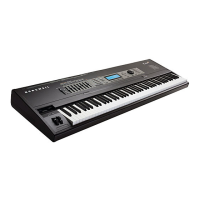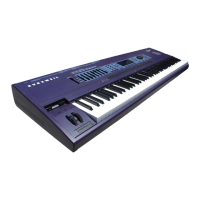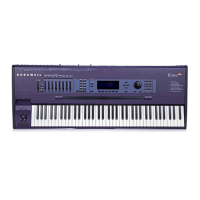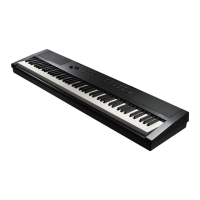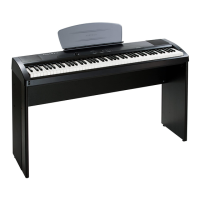Introduction
How to use this manual
1-4
How to use this manual
This manual includes the following:
•
how to connect and power up your K2500, getting around the front panel, and a brief
description of the operating modes.
•
basic editing, including the normal operations of each operating mode.
•
the advanced programming features that make the K2500 so powerful—a number of
familiar synthesis tools and quite a few new ones.
Even if you’re a complete techie, you should read Chapter 3, User Interface Basics. Here you’ll
get a tour of the K2500’s front panel and learn how to navigate through the major functions.
Chapter 4 describes the concept and operation of the K2500’s eight operating modes, with a
brief description of each. Chapters 6 through 13 describe each mode in detail, including the
editors contained within them. Chapters 14 through 17 discuss the advanced editing features.
Chapter 18 shows you how to use the multiple audio outputs to suit your needs. Chapter 19 is
a programming tutorial, giving you specific examples of many of the K2500’s programming
functions. Some are basic, some are advanced. By working through the tutorials, you’ll become
familiar with many synthesis techniques, and you’ll get a first-hand look at how to unleash the
power of the K2500.
When manual text appears in boldface italic (
like this
), you’ll find it described in the Glossary
in the
Reference Guide
. Only the first one or two occurrences of these words are highlighted.
The best way to read this manual is with your K2500 in front of you. By trying the examples we
give to illustrate various functions, you can get a quick understanding of the basics, then move
on to the more advanced features.
If you like to figure out your equipment for yourself, and normally use manuals only as
reference sources, you’ll probably get the most use out of the
Reference Guide
that accompanies
this manual, which contains brief descriptions of the K2500’s major operating features, and all
sorts of useful lists—
programs
,
keymaps
,
algorithms
, effects,
control sources
, and more. A
glossary and complete specifications for the K2500 are also included in the
Reference Guide.
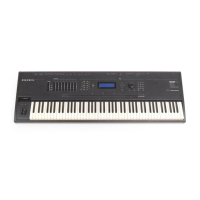
